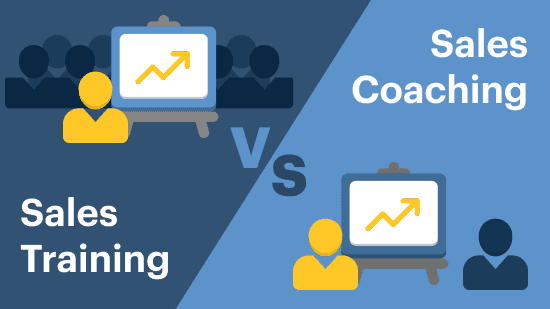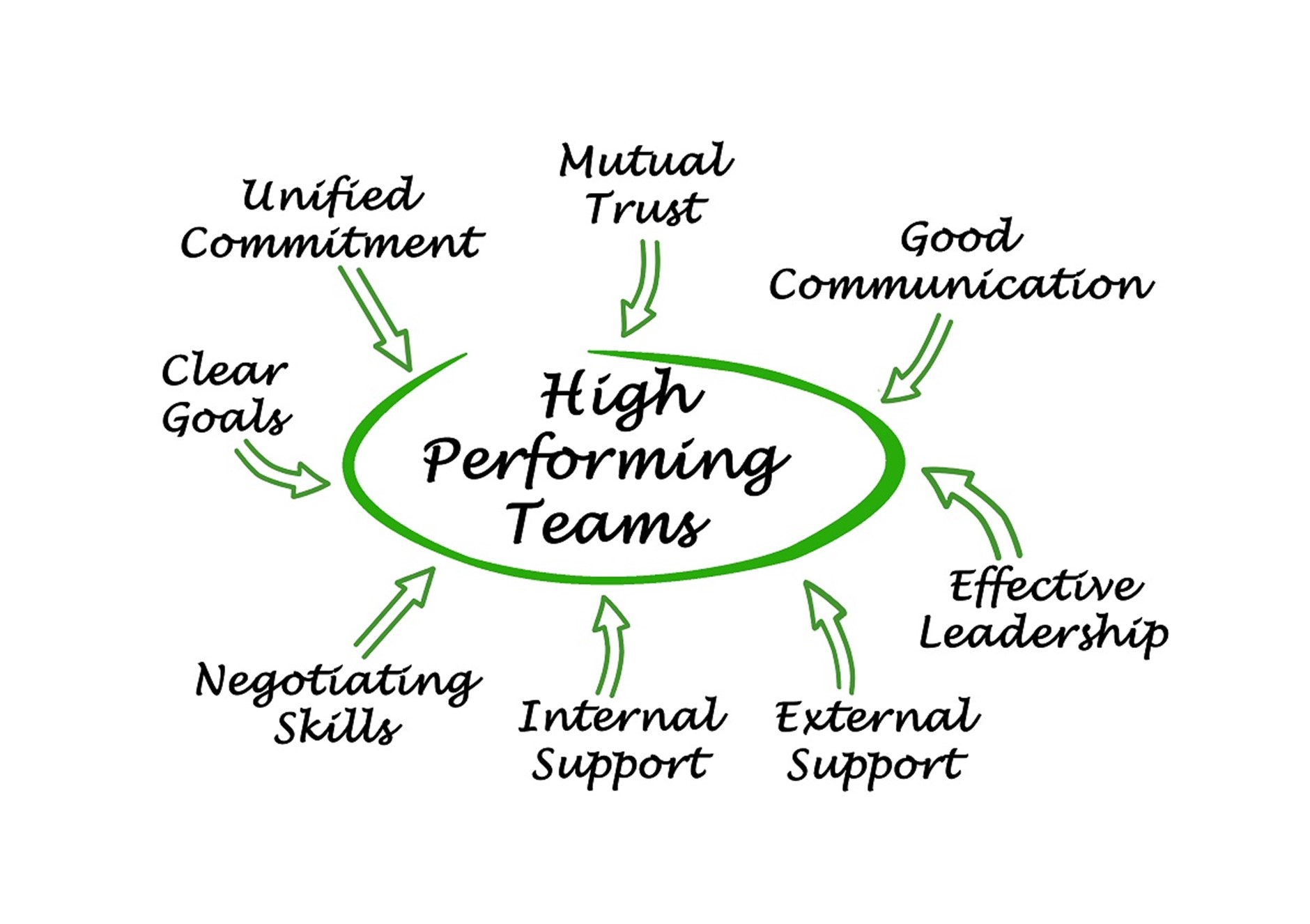Can you believe we’re already in 2025? The sales landscape is always evolving, and staying ahead of the curve means preparing your team to tackle new challenges, embrace new opportunities, and achieve their goals.
By the end of 2024 KONA Group and Healthy Business Builder Group Pty Ltd trained over:
· 1,935 Salespeople
· 253 Leaders
· 323 Customer Service Officers
· 274 Call Centre Operatives
· Conducted 1,611 DISC profiles
📈 Sales Professionals Trained:
Each session reinforced how impactful a well-honed sales skillset can be—not just for driving revenue, but for creating genuine connections and delivering real value to customers. Watching individuals grow their confidence and capability was truly inspiring.
We’ve seen how KONA Training has changed the sales performance of so many sales teams. We think we know why. Read more about the advantages of the KONA sales training process compared to more traditional sales training methodologies.
👩💼👨💼 Leaders Developed:
Leadership is more than a title; it’s about creating cultures that inspire, engage, and perform. From emerging leaders to seasoned executives, guiding individuals through this transformational journey has been one of the most rewarding parts of the year.
🧩 DISC Profiles Delivered:
The beauty of the DISC framework lies in its simplicity and depth. It’s been a privilege to see teams leverage this tool to improve communication, collaboration, and understanding. Whether it’s helping someone recognise their natural strengths or coaching teams to bridge personality differences, DISC continues to be a game-changer.
💡 The Impact:
The numbers are meaningful, but the true measure of success lies in the feedback, growth, and impact on the lives of the individuals and teams we serve. I’m grateful to play a part in helping so many professionals unlock their potential and achieve their goals.
Let’s discuss how you can set your sales team up for success in the new year.

Embrace the Power of Technology
Technology isn’t just a nice-to-have anymore—it’s a must-have. AI-powered CRM tools, sales analytics platforms, and automation software can help your team work smarter, not harder. But here’s the catch: tools are only as good as the people using them. Invest time in training your team to master these tools. Host workshops, bring in experts, or even create quick video tutorials to make learning accessible.
Focus on Relationship Building
In a world dominated by digital interactions, authentic relationships stand out. Train your team to go beyond transactional selling and connect with prospects on a deeper level. This means understanding their pain points, aligning with their goals, and being genuinely invested in their success. Empathy is your team’s secret weapon – use it to build those emotional contracts.
Sharpen Their Communication Skills
Great communication is the backbone of effective sales. Whether it’s crafting compelling emails, nailing virtual presentations, or listening actively during calls, your team needs to be at the top of their game.
• Role-playing scenarios
• Coaching sessions
• And Feedback loops can help fine-tune these skills.
Remember, even the best communicators have room to grow.

Revisit Your Sales Process
When was the last time you gave your sales process a “health check”? If it’s been a while, now’s the time. Work together with your team to identify what’s working and what’s not. Simplify where you can, optimise for efficiency, and ensure that your process aligns with today’s buyer’s journey. Involve your team in this process—their insights can be invaluable.
Build a Culture of Continuous Learning
Sales trends change fast. To keep up, your team needs to be constantly learning. Encourage them to:
• Read industry blogs
• Listen to podcasts
• Attend webinars
Better yet, set up a monthly learning day where everyone shares key takeaways from their favourite resources. It’s a win-win: your team stays sharp, and your sales strategy stays fresh.
Consider engaging with external training providers to tailor specific workshops to your team, that focus on the target areas you would like your team to improve in.
Prioritise Well-Being
Burnout is real, and it’s a productivity killer. In 2025, make your team’s well-being a priority. Promote work-life balance, celebrate wins, big and small, and create an environment where people feel supported. Remember, a happy salesperson is a successful salesperson.
Set Clear, Inspiring Goals
Goals are the north star for any sales team. But they’re not just about numbers. Set goals that inspire—like improving customer satisfaction scores, shortening the sales cycle, or increasing referral business. Make sure these goals are clear, measurable, and tied to a purpose that resonates with your team.

Let’s Make 2025 the Best Year Yet
Training your sales team isn’t a one-and-done effort. It’s an ongoing journey of growth, adaptation, and collaboration. By investing in your team’s skills, mindset, and well-being, you’re not just preparing them for 2025—you’re equipping them to thrive for years to come.
So, what’s your first step? Maybe it’s scheduling a training session, researching new tech tools, or simply having a one-on-one with a team member to understand their goals. Whatever it is, take that step today. Your future self (and your sales team) will thank you. Here’s to smashing those 2025 targets!
Contact KONA today to discuss Sales Training for your team and give them a strong start to 2025!
Call us on 1300 611 288 or email info@kona.com.au











































































































